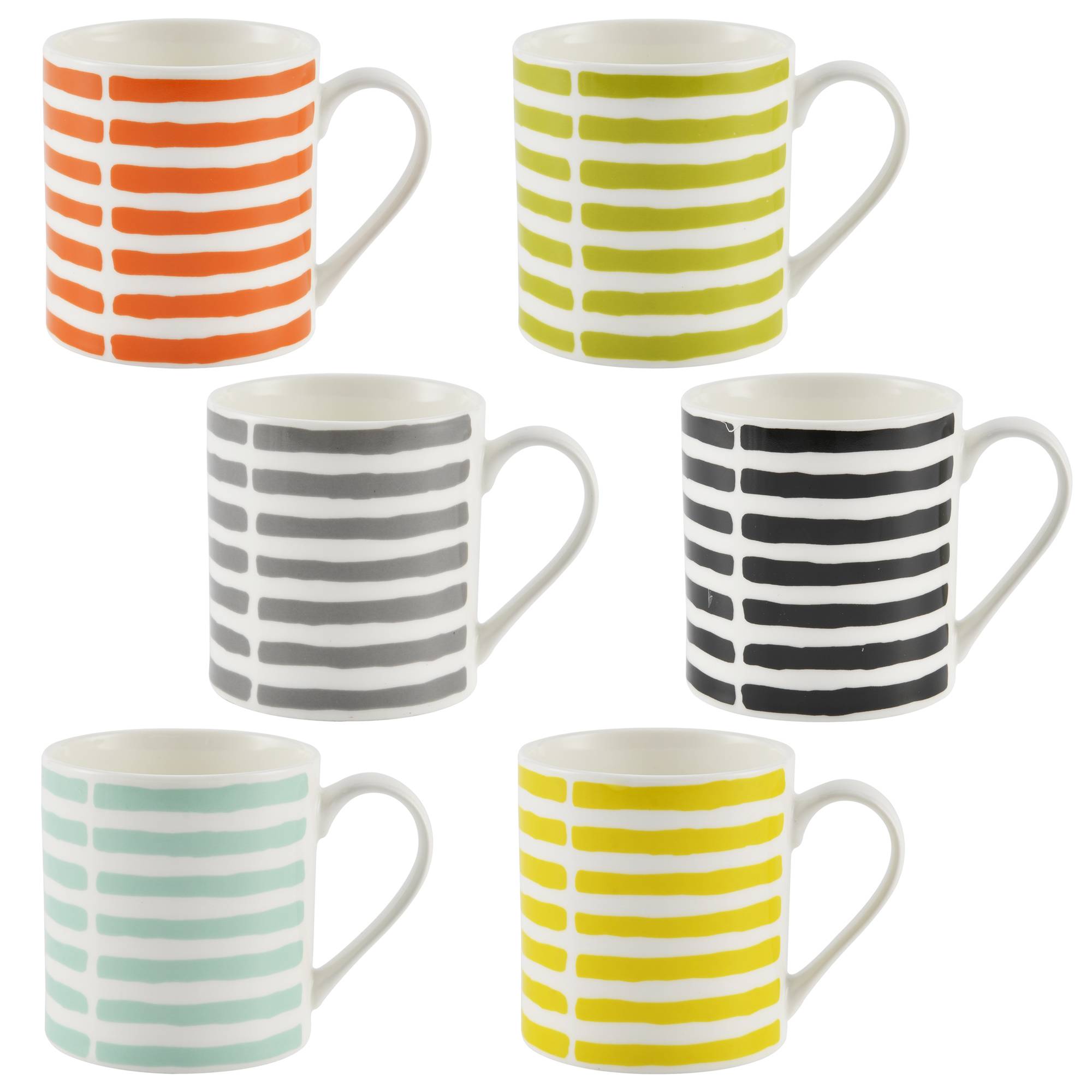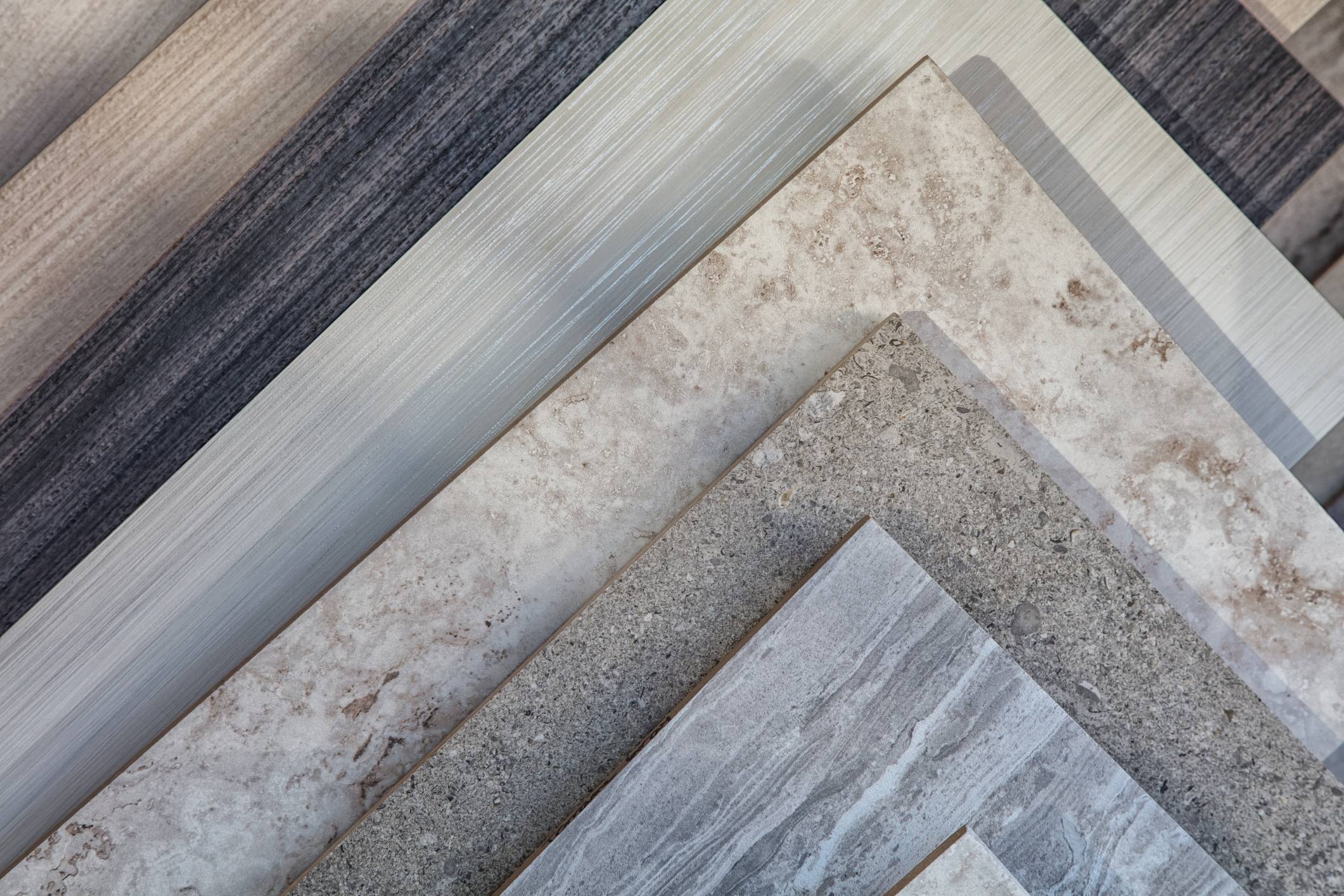
Ceramics, much like glass and steel, are hard materials, unlike paper or other porous substrates. Hard surfaces all need a different approach for printing that lasts. To help solve this issue, thought needs to be put into the type of ink that’s used.
Inkjet technology offers two different options when printing on ceramics.

Option 1: Using primer on ceramics
One option is to use a primer coat before printing a single- or four-color image on a ceramic substrate. Primer provides a solid foundation for the coat of paint, or, in the case of printing, the ink
Explore the inks available for PIJ, TIJ, CIJ printing systems
InksChoosing primer may be best when the inkjet printer is tasked with producing a variety of different products. In one day, the printer could be printing on boxes, labels, plastic cups or ceramic mugs. The primer solution makes sense because the same ink formulation could be used for any of these products. In terms of speed, it makes sense to keep the printer running, rather than stopping it to switch to a different ink formulation. Using primer to print on ceramics is certainly a cost-effective and time-saving option for businesses focused on saving time and money.
Option 2: Using UV ink on ceramics
There is an alternative ink that doesn’t need a primer base. UV-curable ink doesn’t require the need for a primer base when printing on ceramics. UV-curable ink hardens when exposed to a mercury arc lamp during the curing process. The light waves from the mercury arc lamp excite the ink molecules, making the ink bind to the smooth, hard surface of ceramic substrates, like tiles or mugs. This creates durable, high image quality.
See Our UV Curable Inks
Get Started
The unique chemical formula of the ink reacts to the broad spectrum of the mercury lamp. This causes the ink to develop a solid film coating, allowing it to dry instantly. Another advantage of using UV-curable ink is that there are no volatile organic compounds (VOC) emitted. This makes UV-curable ink a safe and friendly option for the environment.
So which ink option is best for printing on ceramics?
When it comes to determining which ink you should use to print on ceramics, you really need to base it off of what your needs are. In most scenarios, UV-curable ink will generally be the better choice.
Using primer would be helpful if you’re printing on multiple substrates at once and are concerned about print speed, but for better durability, image quality, instant drying, and sustainability, UV-curable ink is the superior option.






